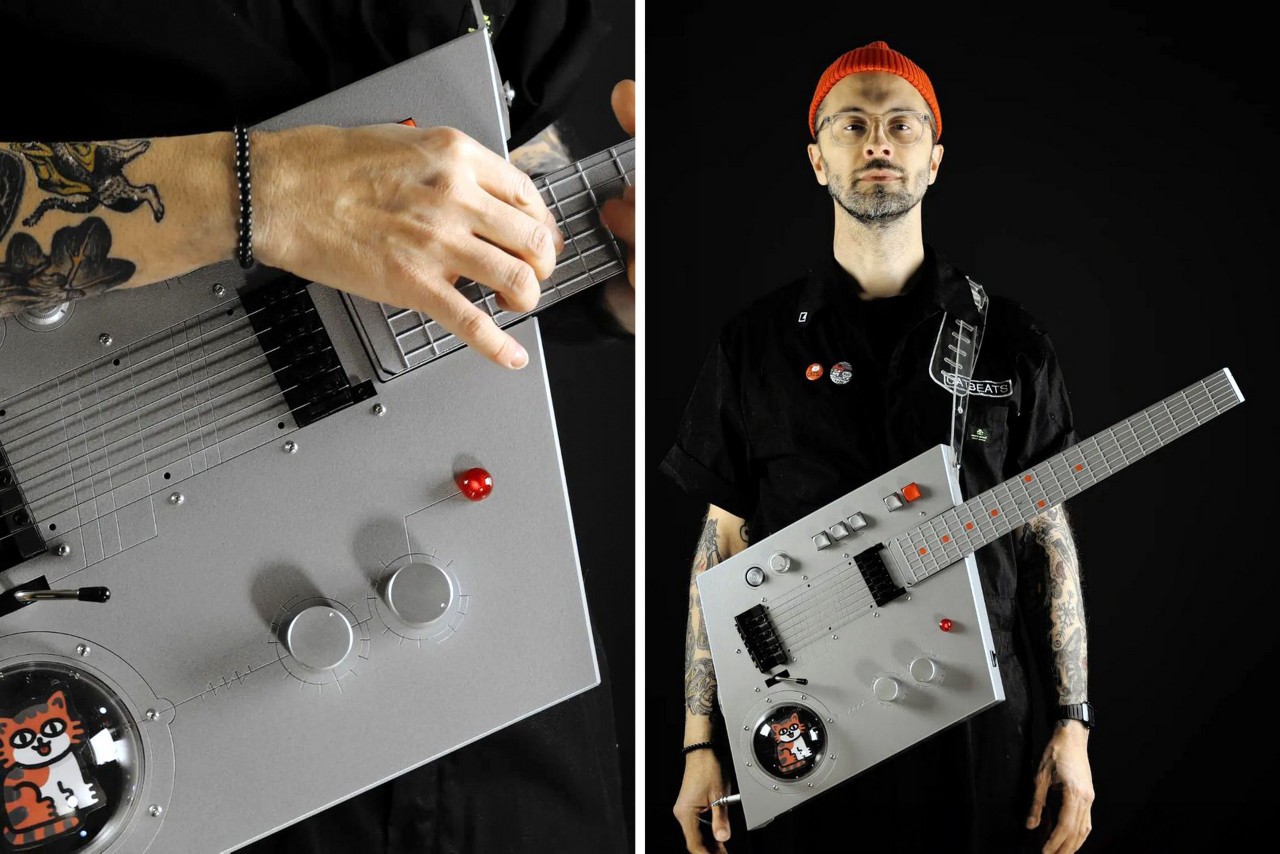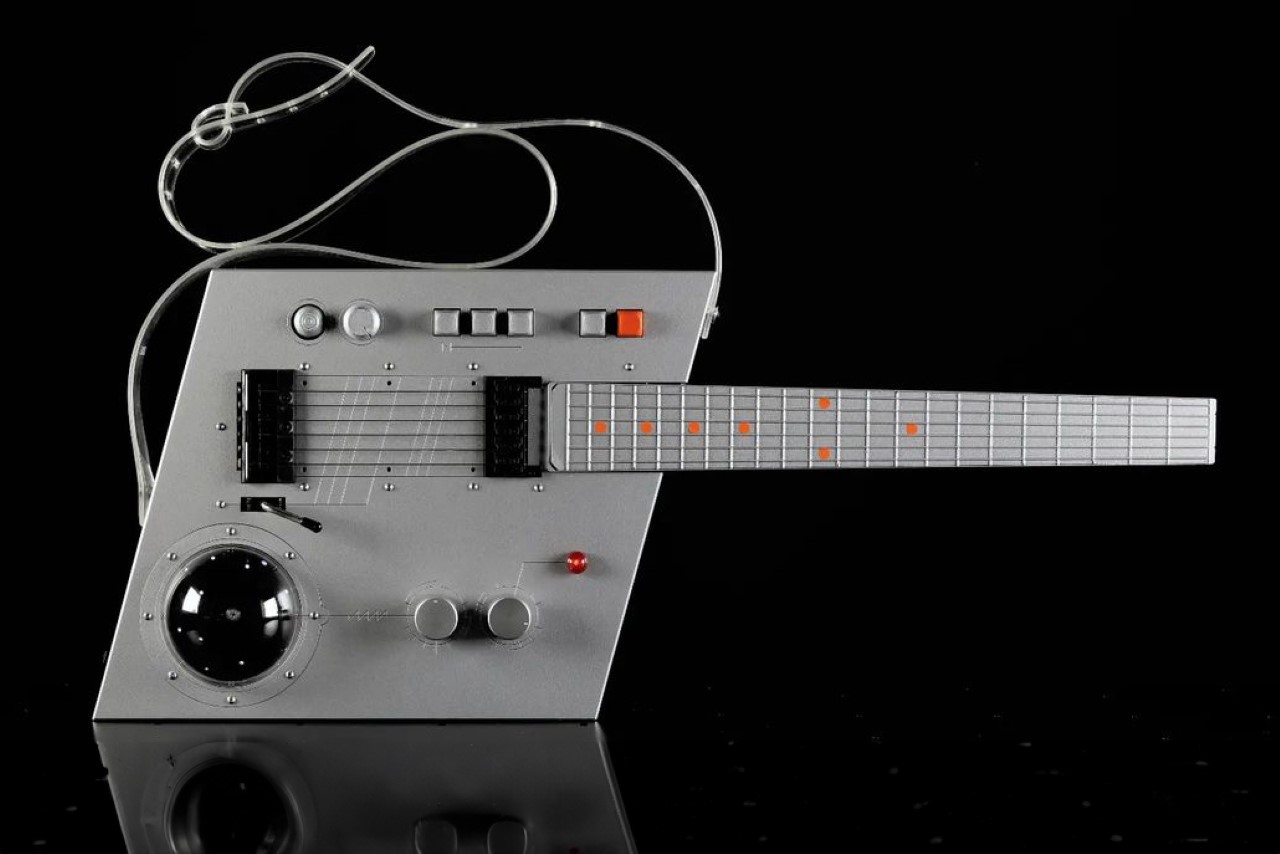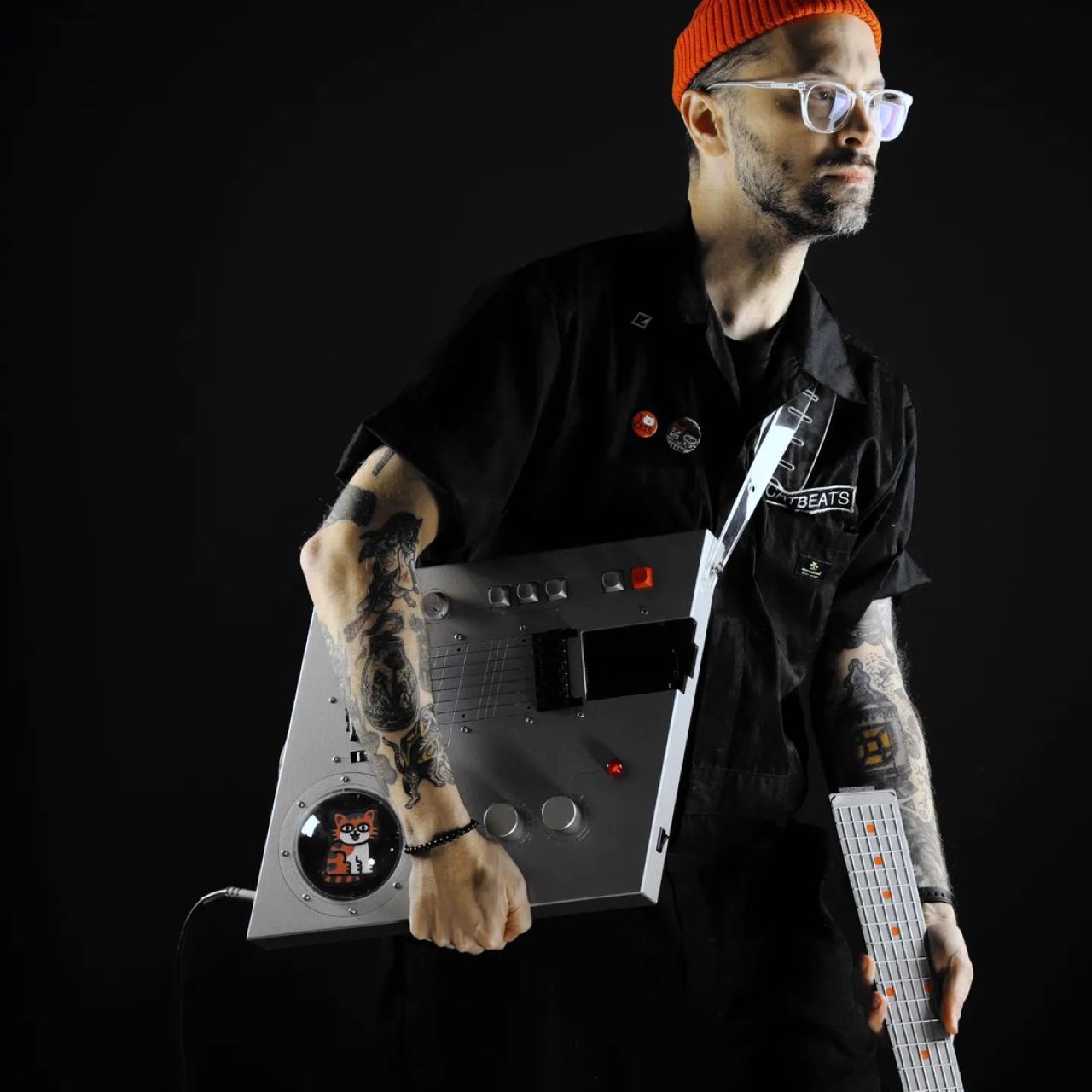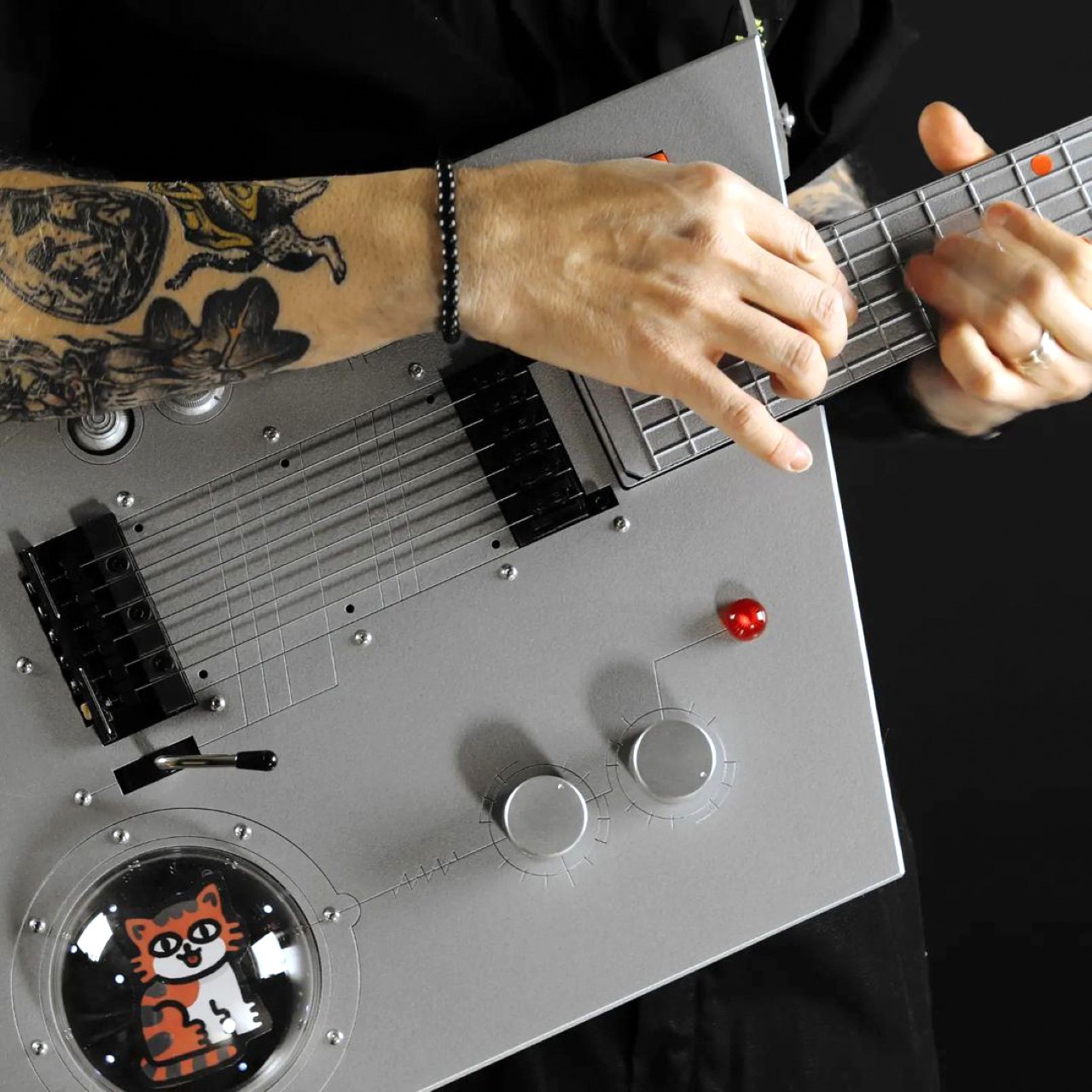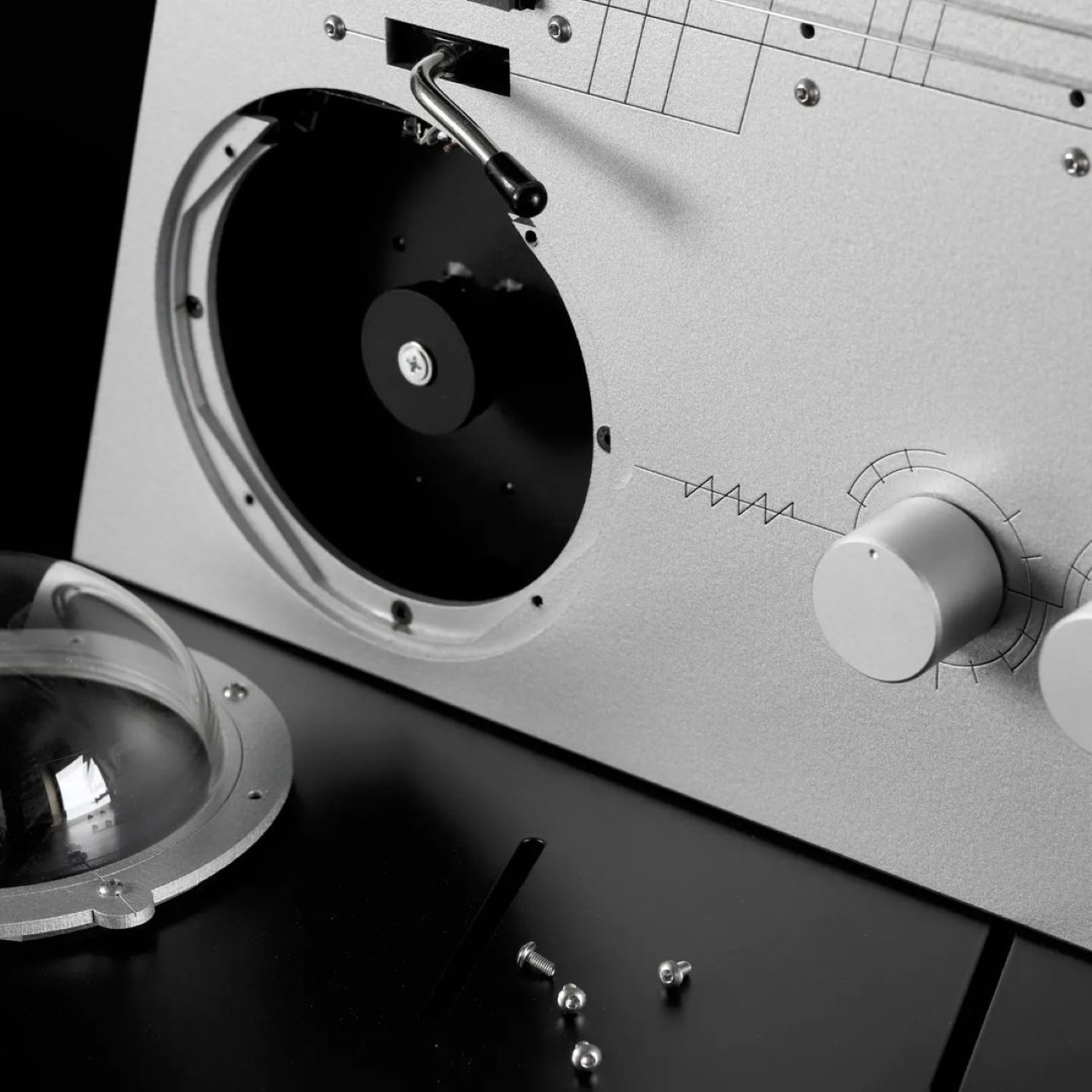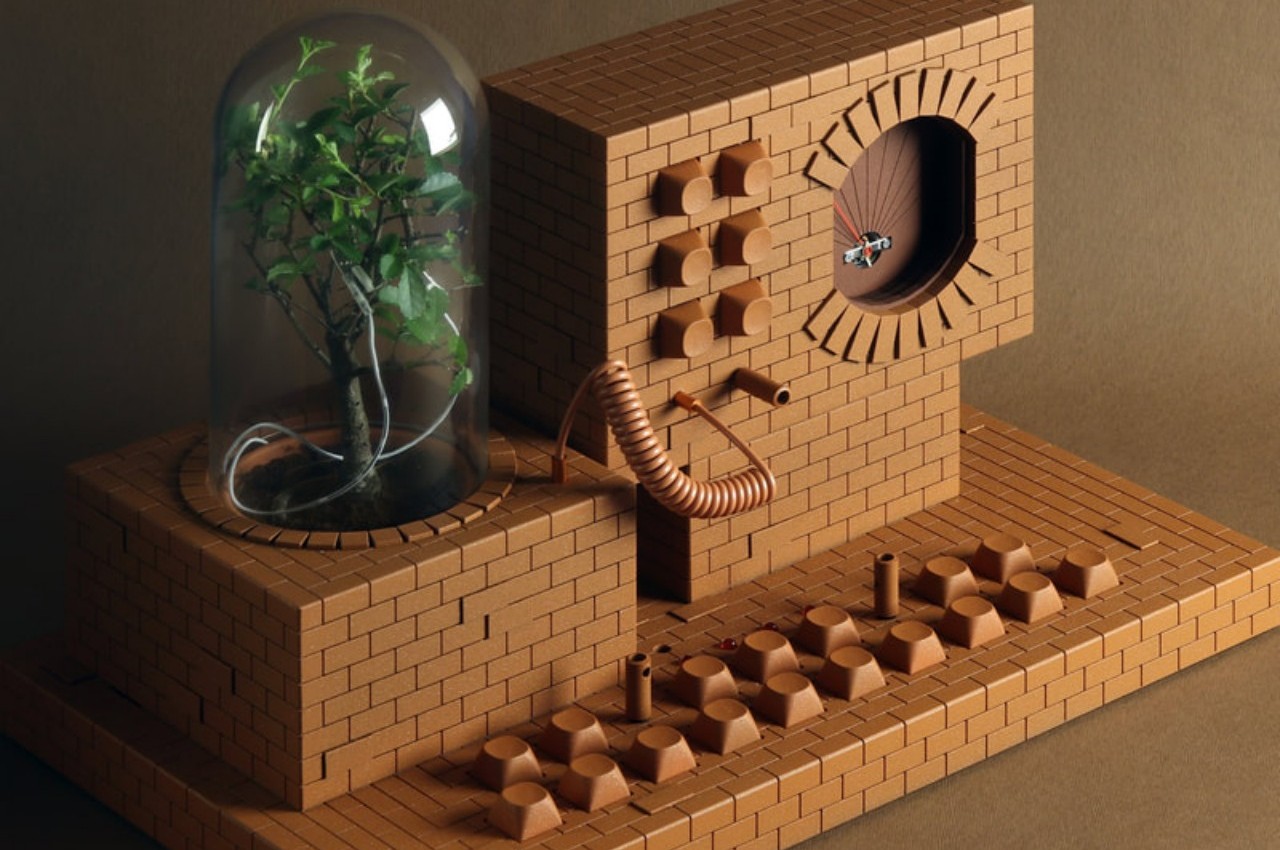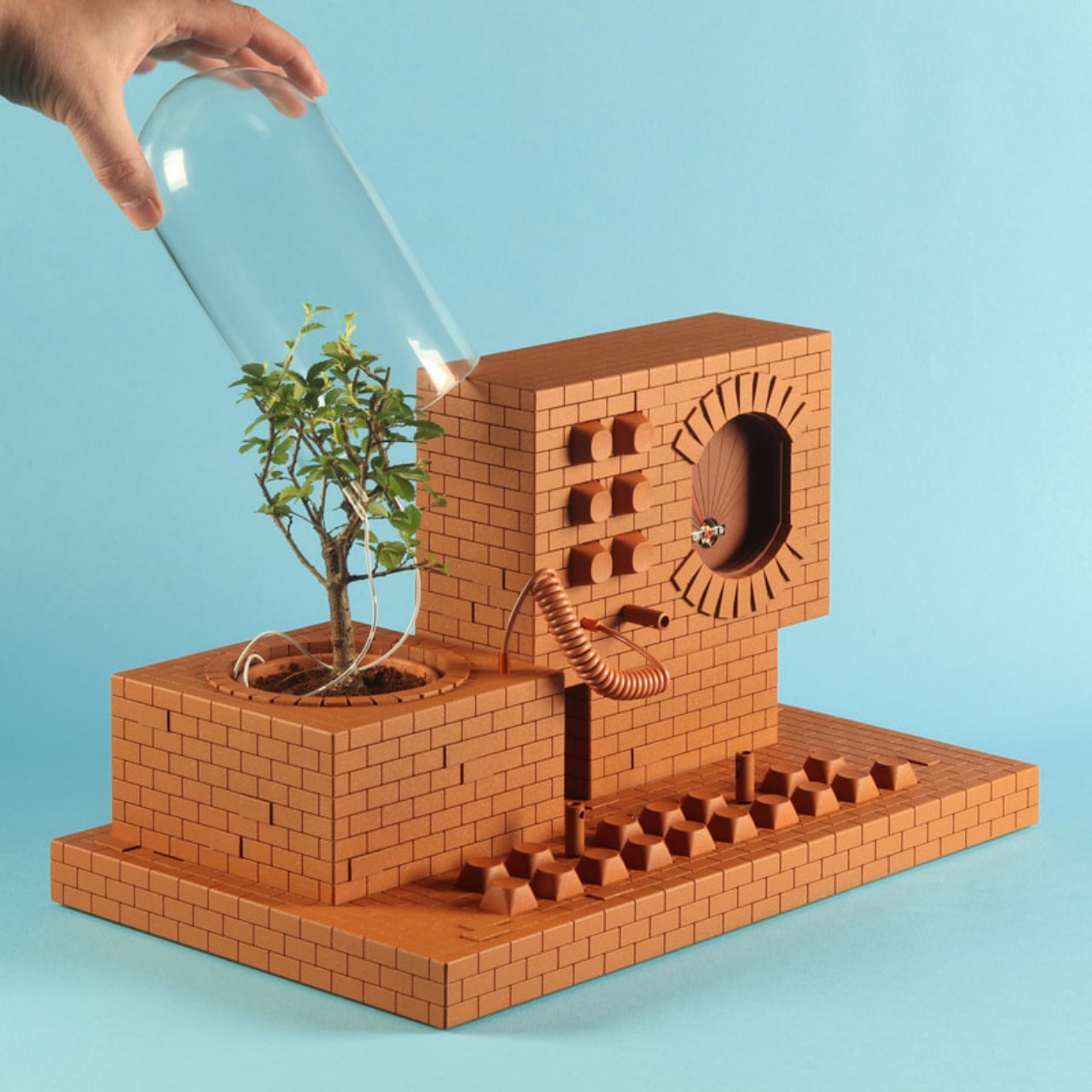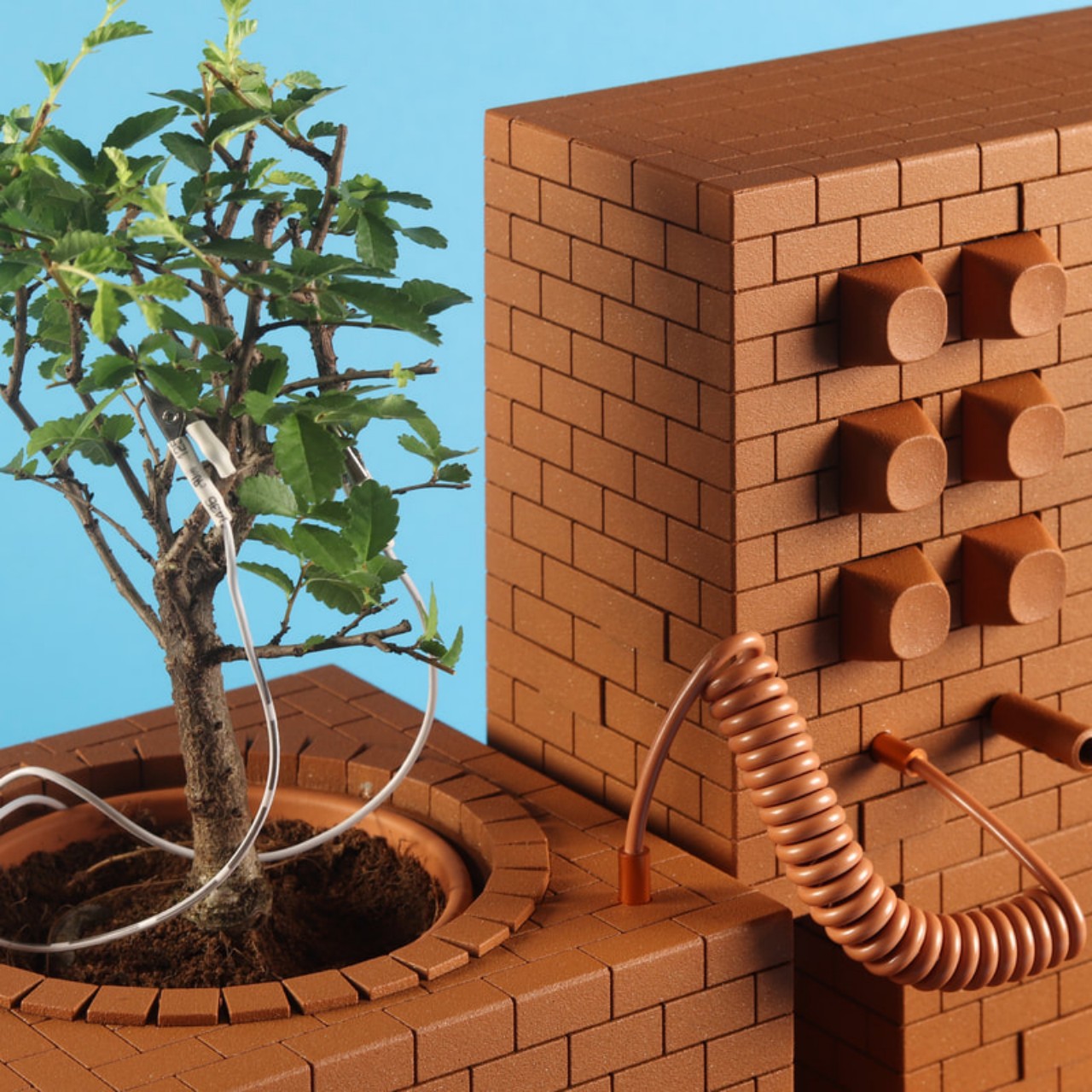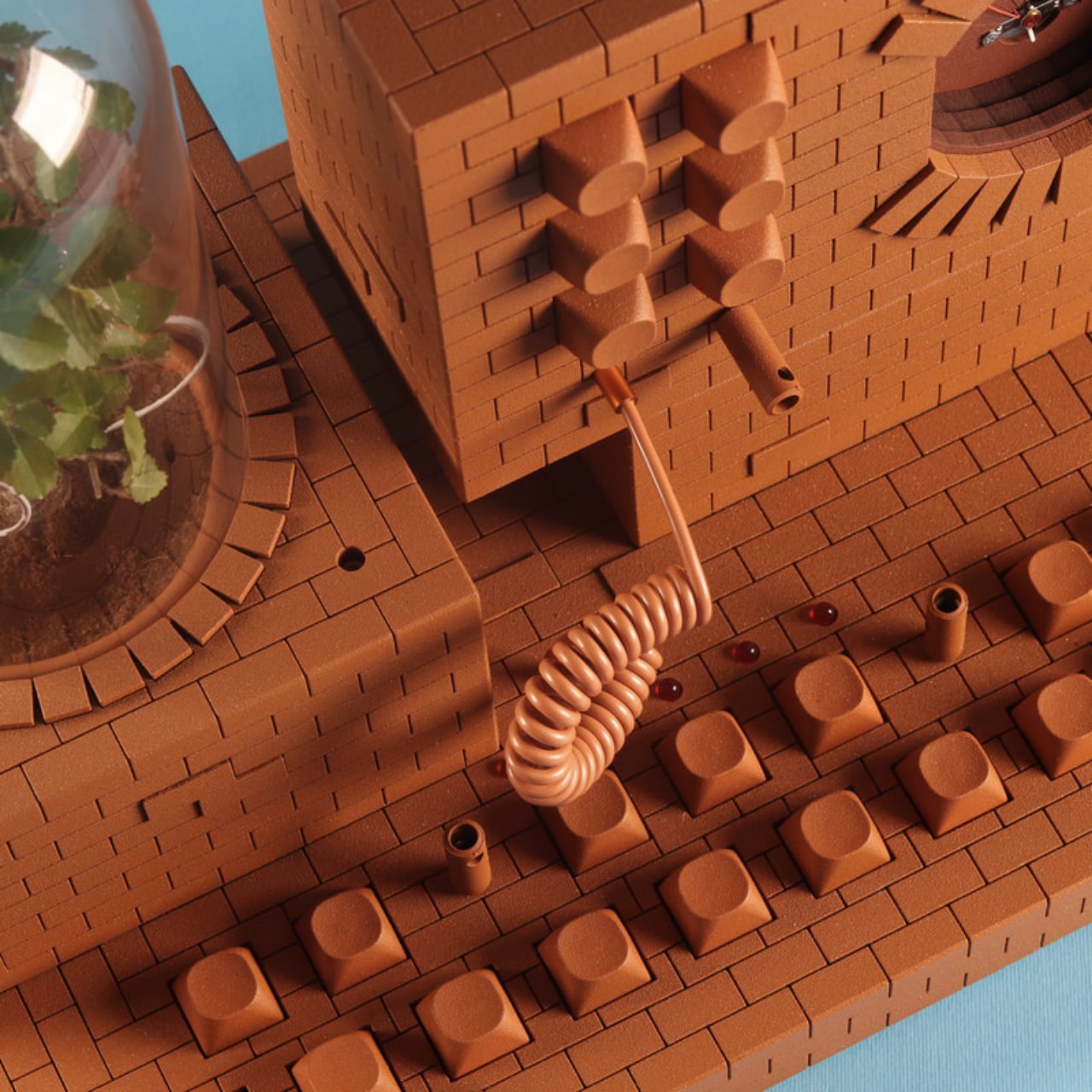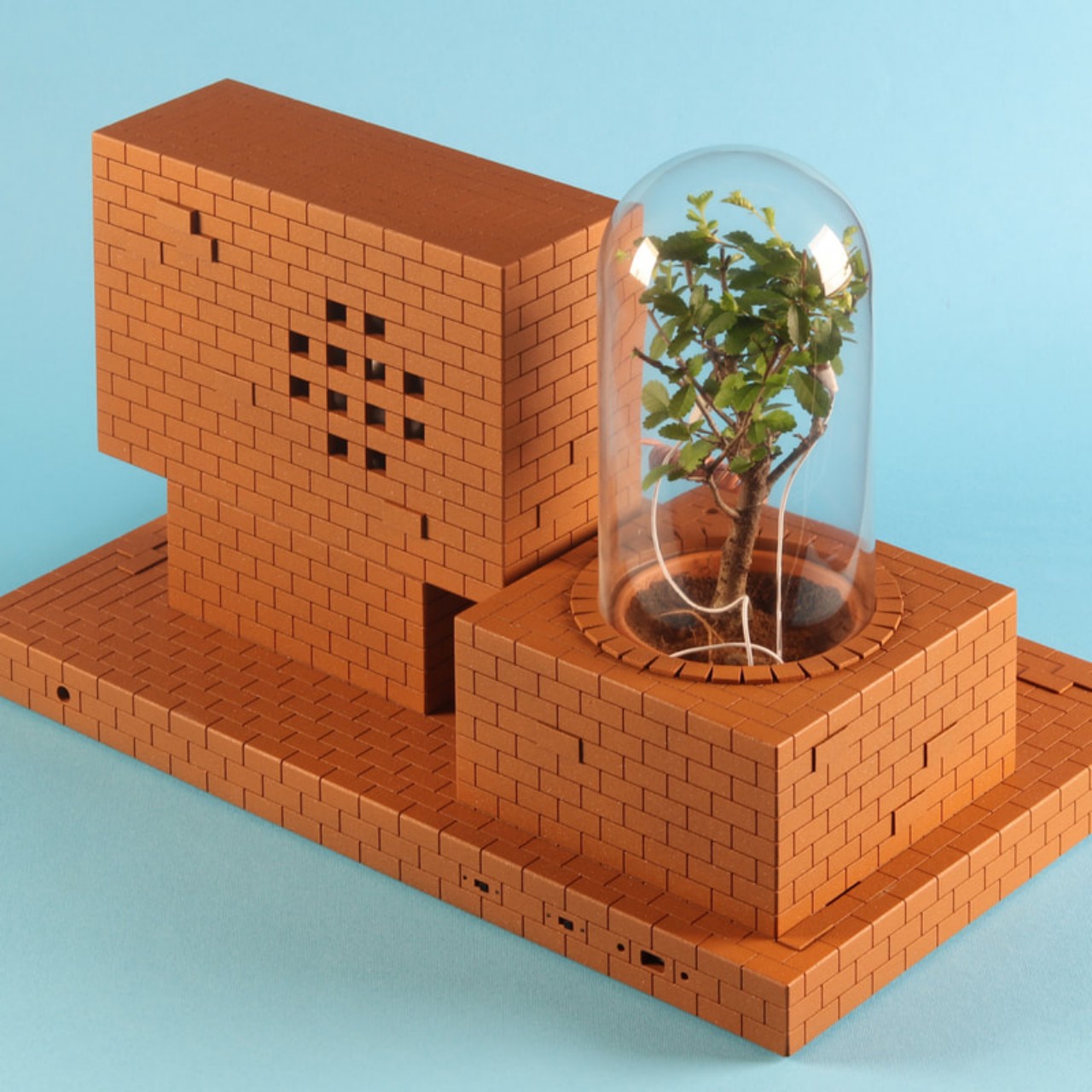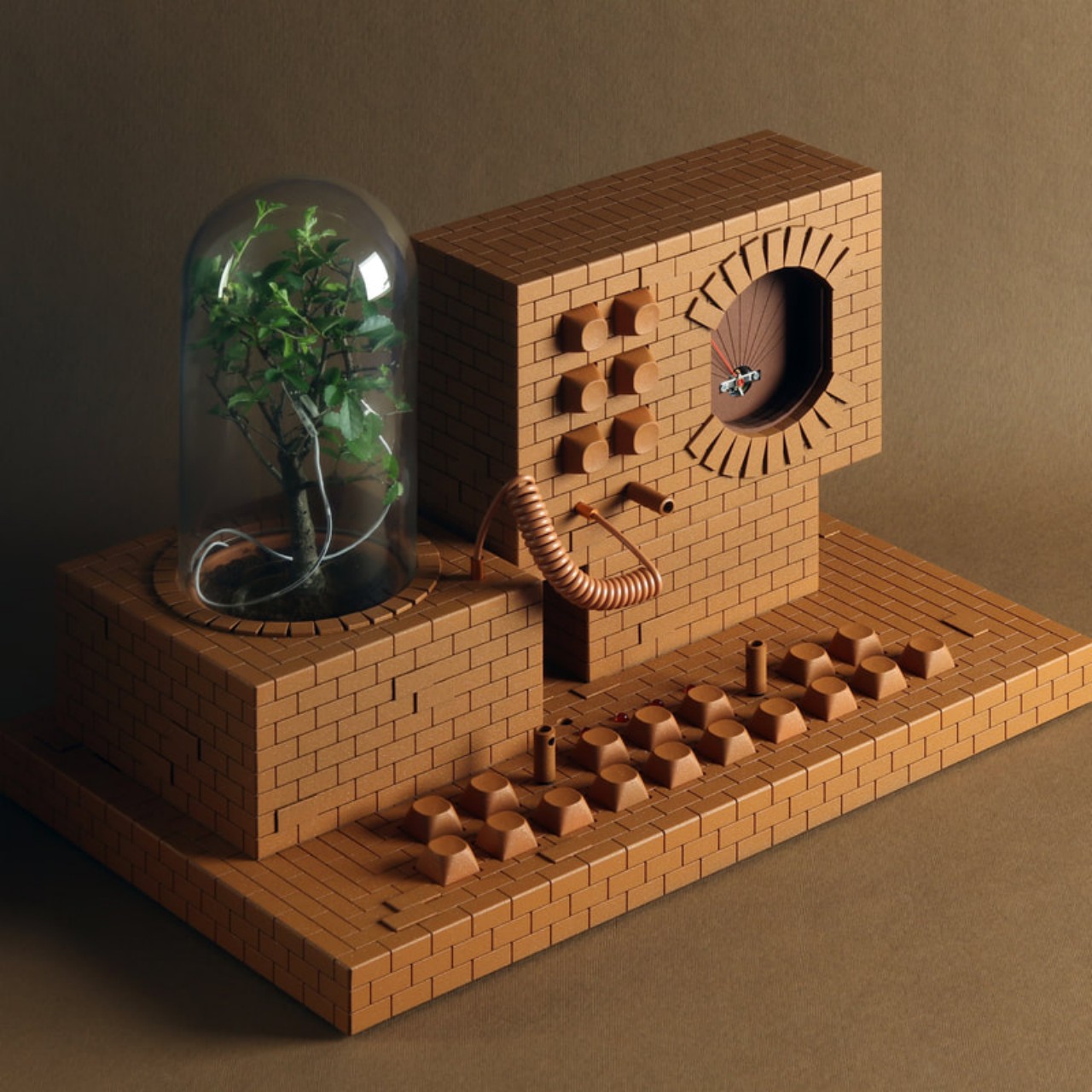“Everything old is new again” is an adage that we will probably never escape. How we listen to music continually evolves but it seems that we still have a certain fondness for the old way like vinyls, CDs, and yes, even cassette tapes. Streaming music on our mobile devices is the most convenient but there’s a certain nostalgia attached to “vintage” that we enjoy. And of course, the music quality is way different to the compressed ones we have now.
Designer Name: Love Hulten
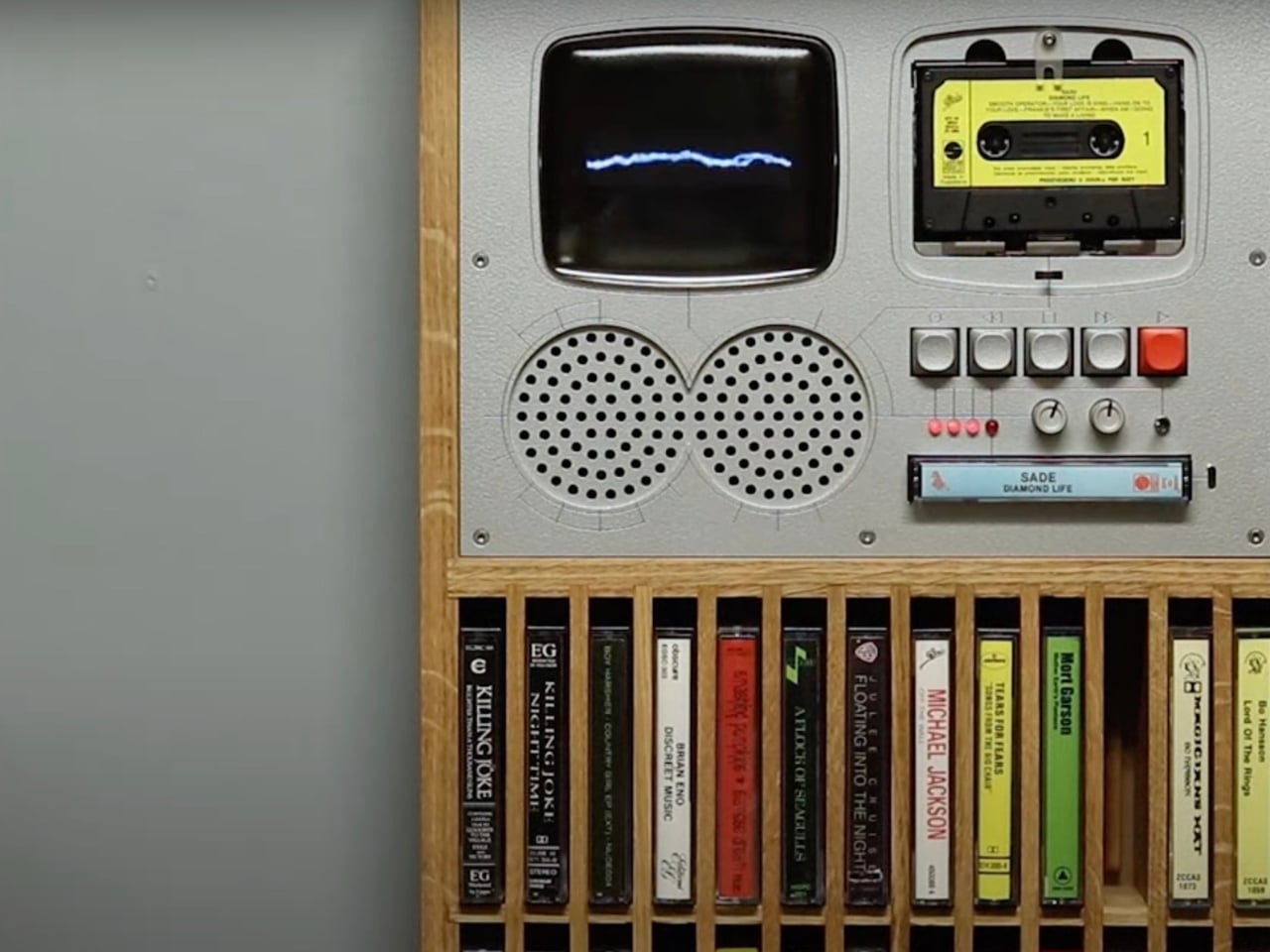
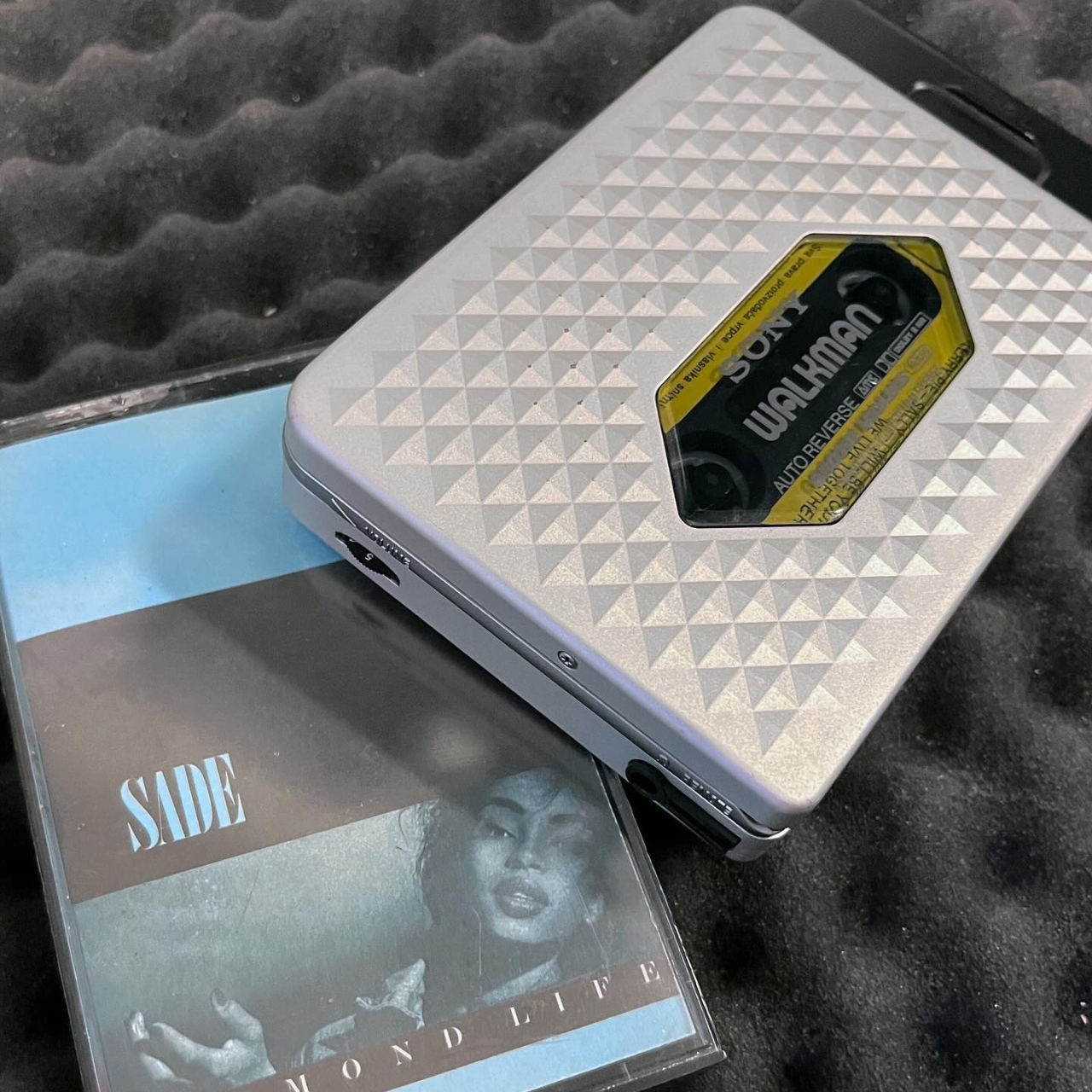
This designer is obviously of the generation that still enjoyed listening to music on cassette tapes since the main component of this device is his old Sony Walkman WM-EX655. And he still has a collection of cassette tapes so we know he’s a serious collector. What he developed is something straight out of a 60s science fiction movie. But instead of using it to conduct experiments, you use it as it was originally intended: to play sweet, sweet music.
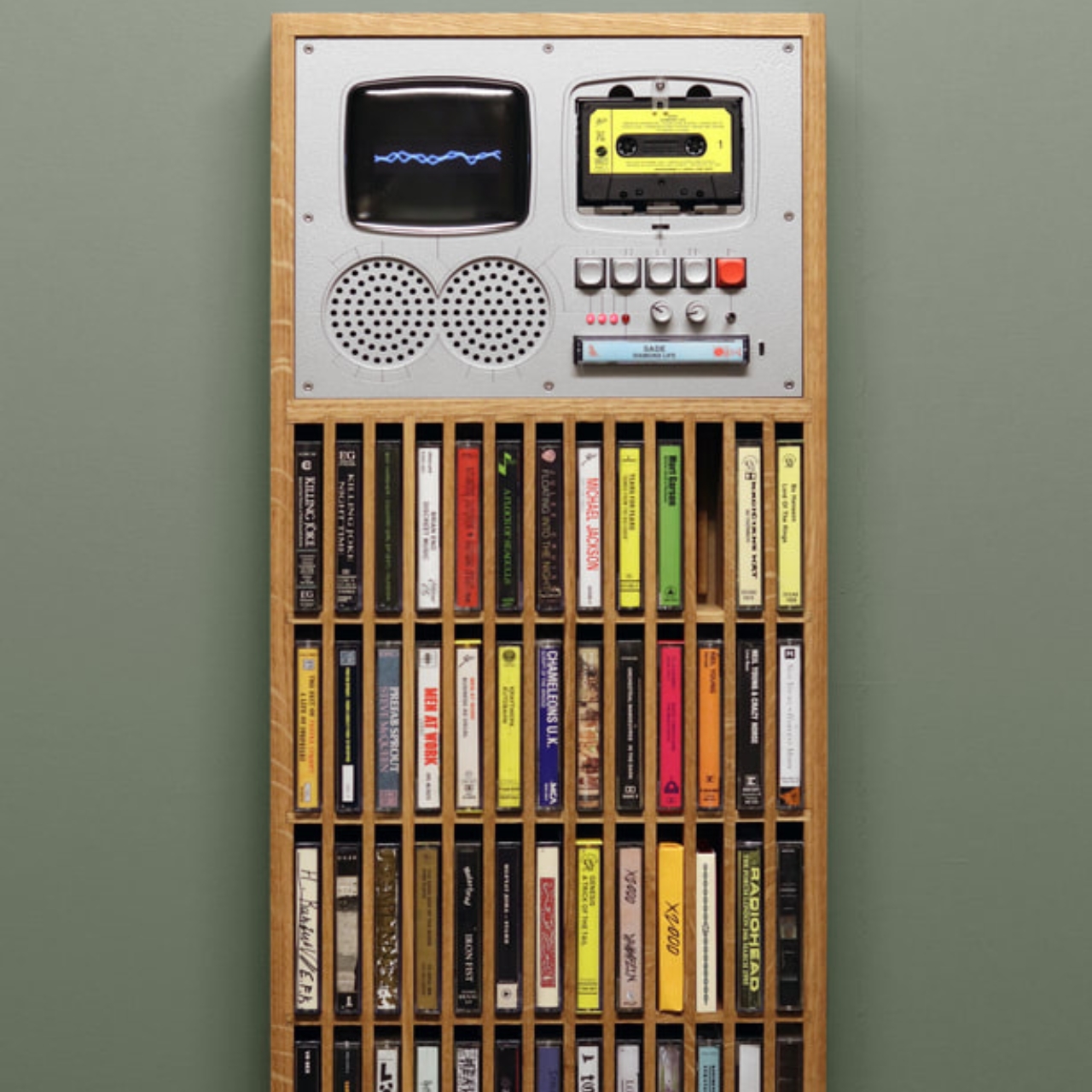
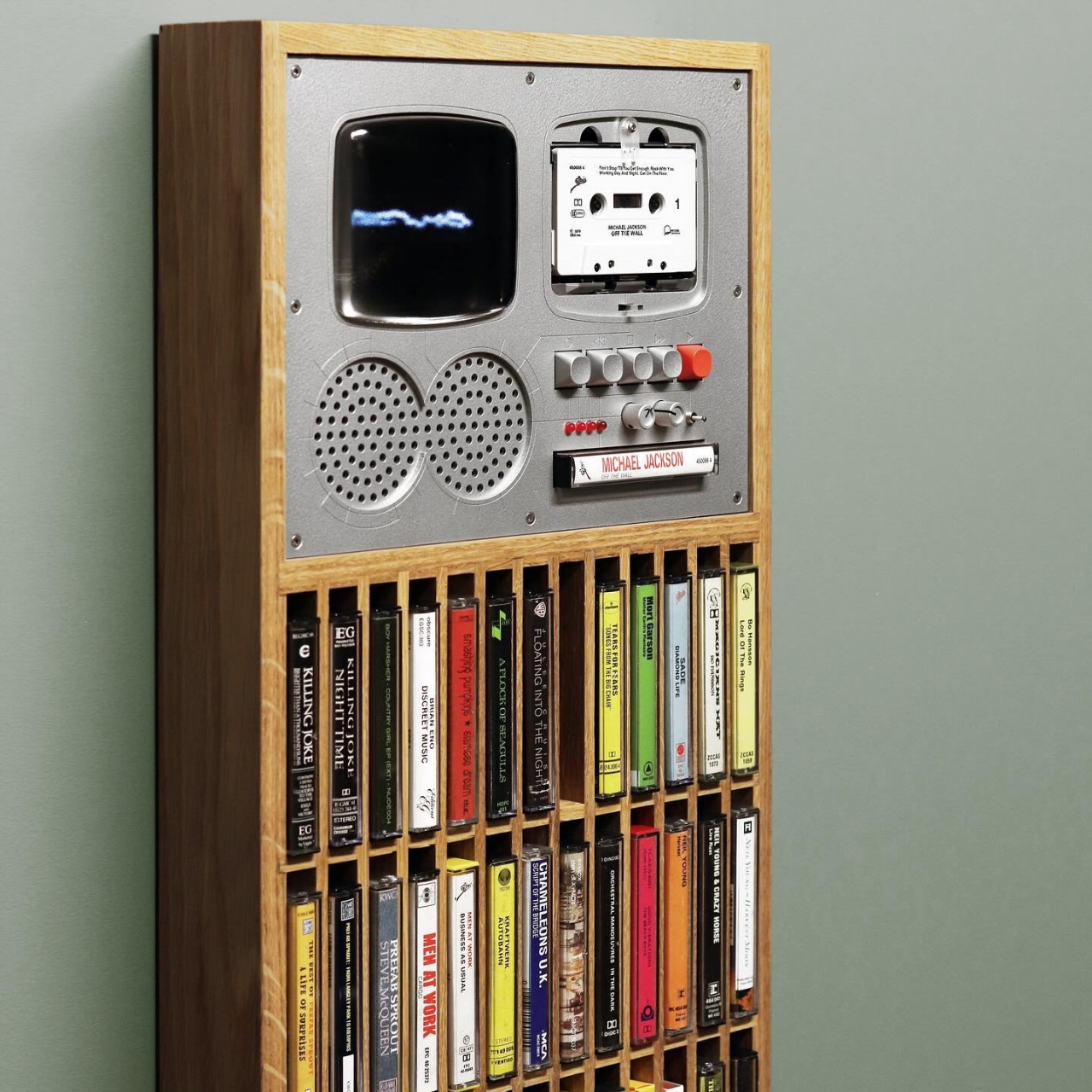
What he came up with is a cassette player and storage unit for the colorful cassette tape cases. There’s also built-in dual circular speakers, keyboard switches and buttons with various functions like play, stop, forward, rewind, etc. There’s also an audio waveform meter to go along with the beat of the music and even a tape slot to put in the case of the album you’re currently playing. The cabinet looking device blends design and technology to give you a truly retro piece of equipment that still performs its original function.
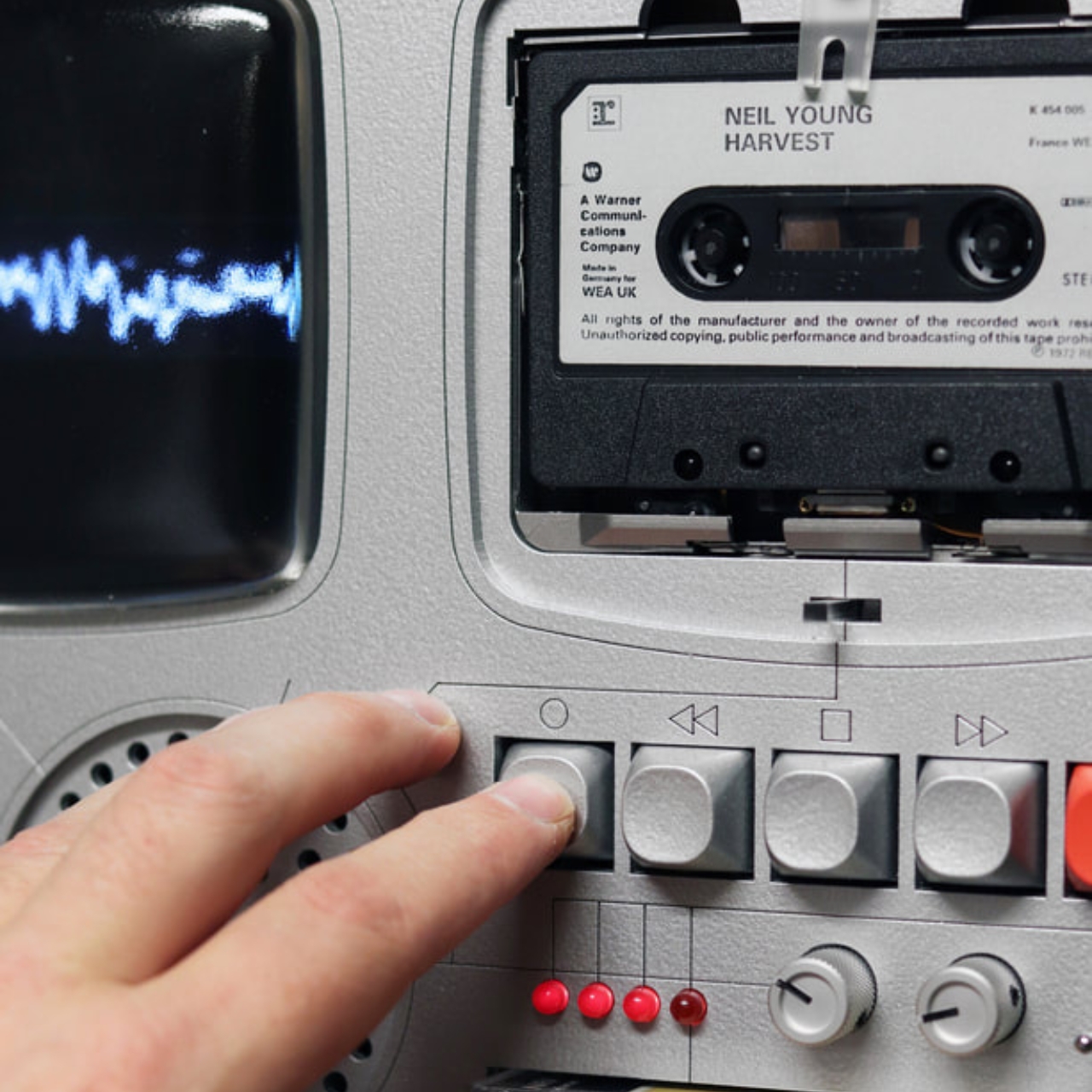
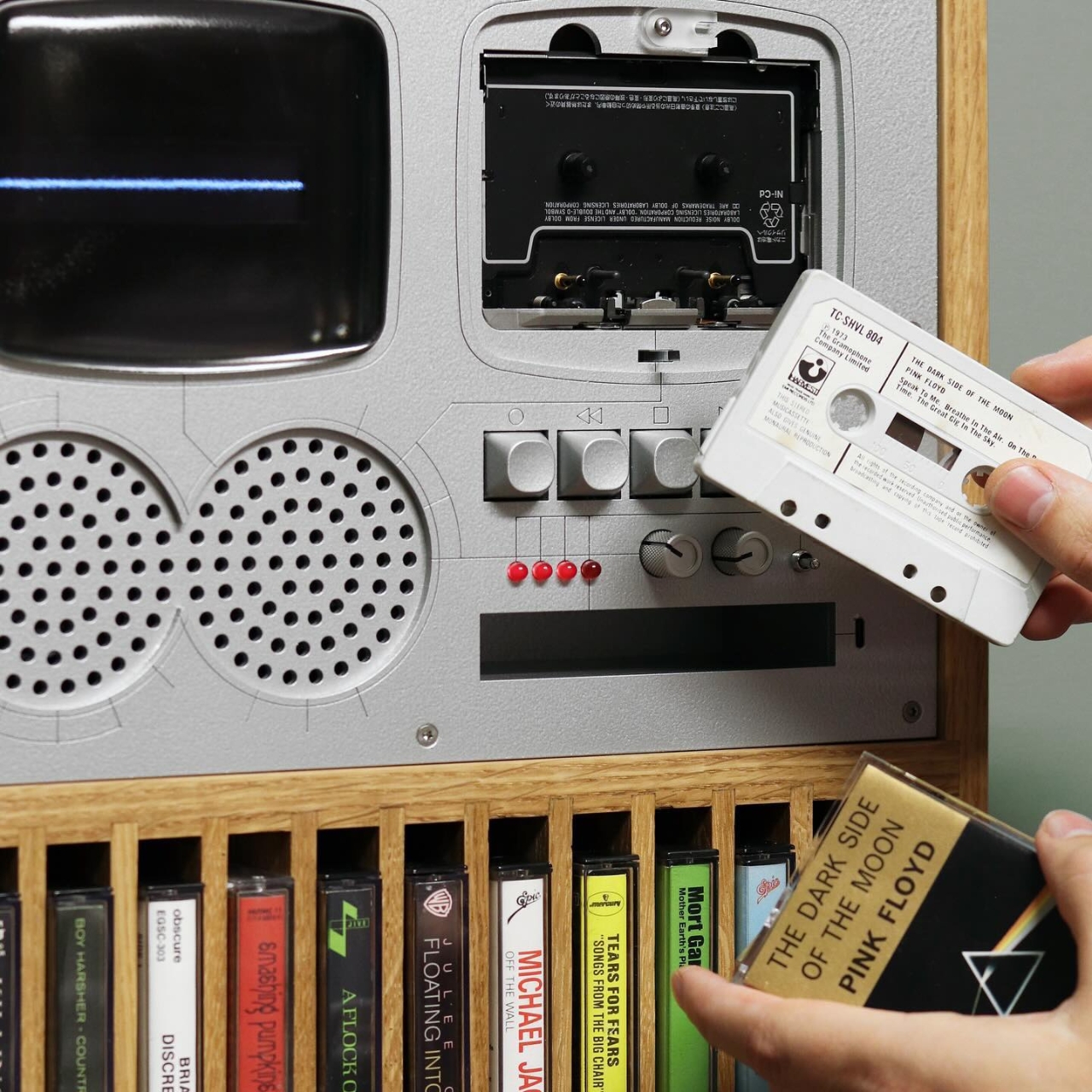
It’s of course a device that he made for himself since he has been collecting and keeping cassette tapes. But unlike vinyls and CDs that you can still buy from a lot of places, I don’t know that many stores that still sell cassettes. So the possibility of having a commercial version of this is very slim.
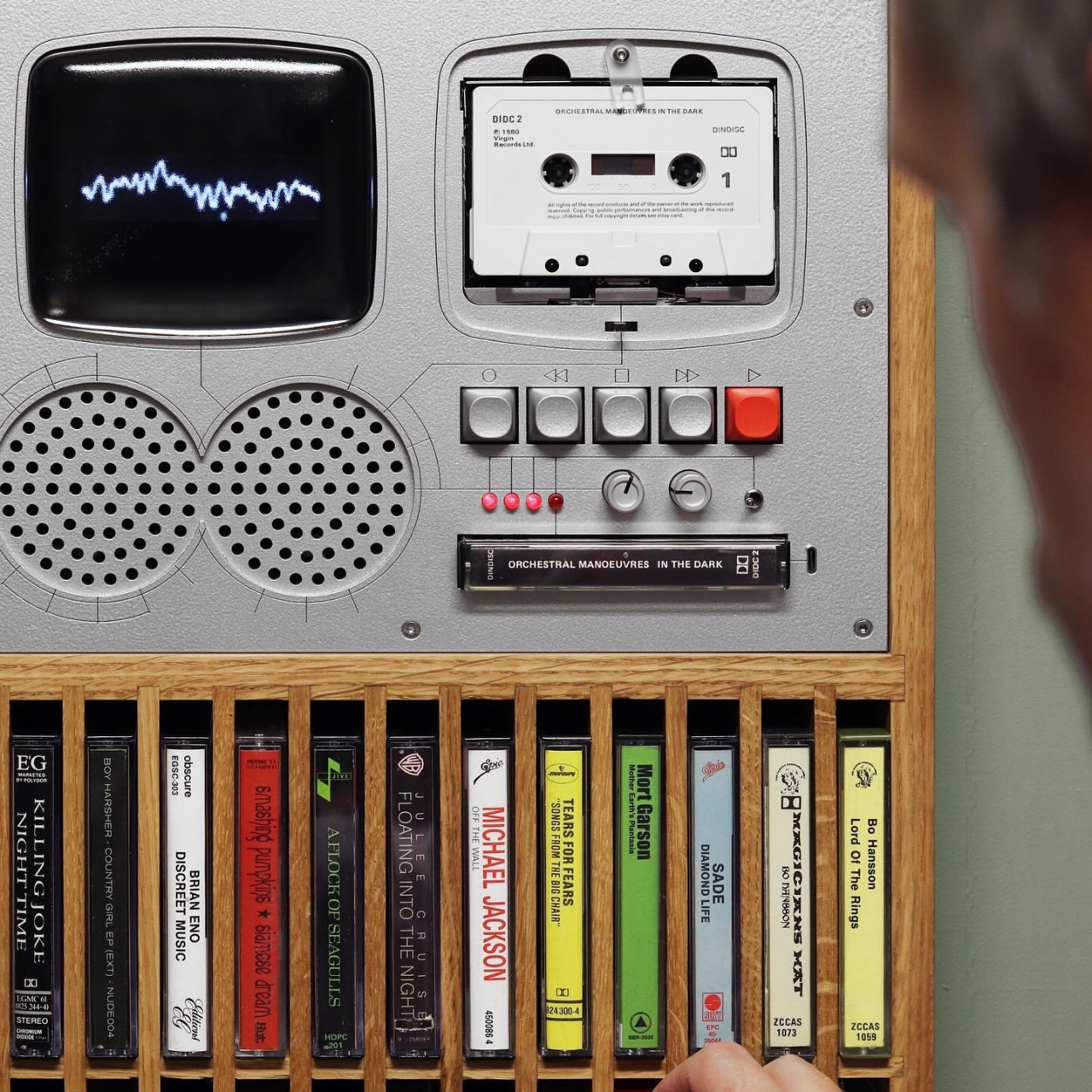
The post Old walkman becomes cassette player and storage unit first appeared on Yanko Design.
